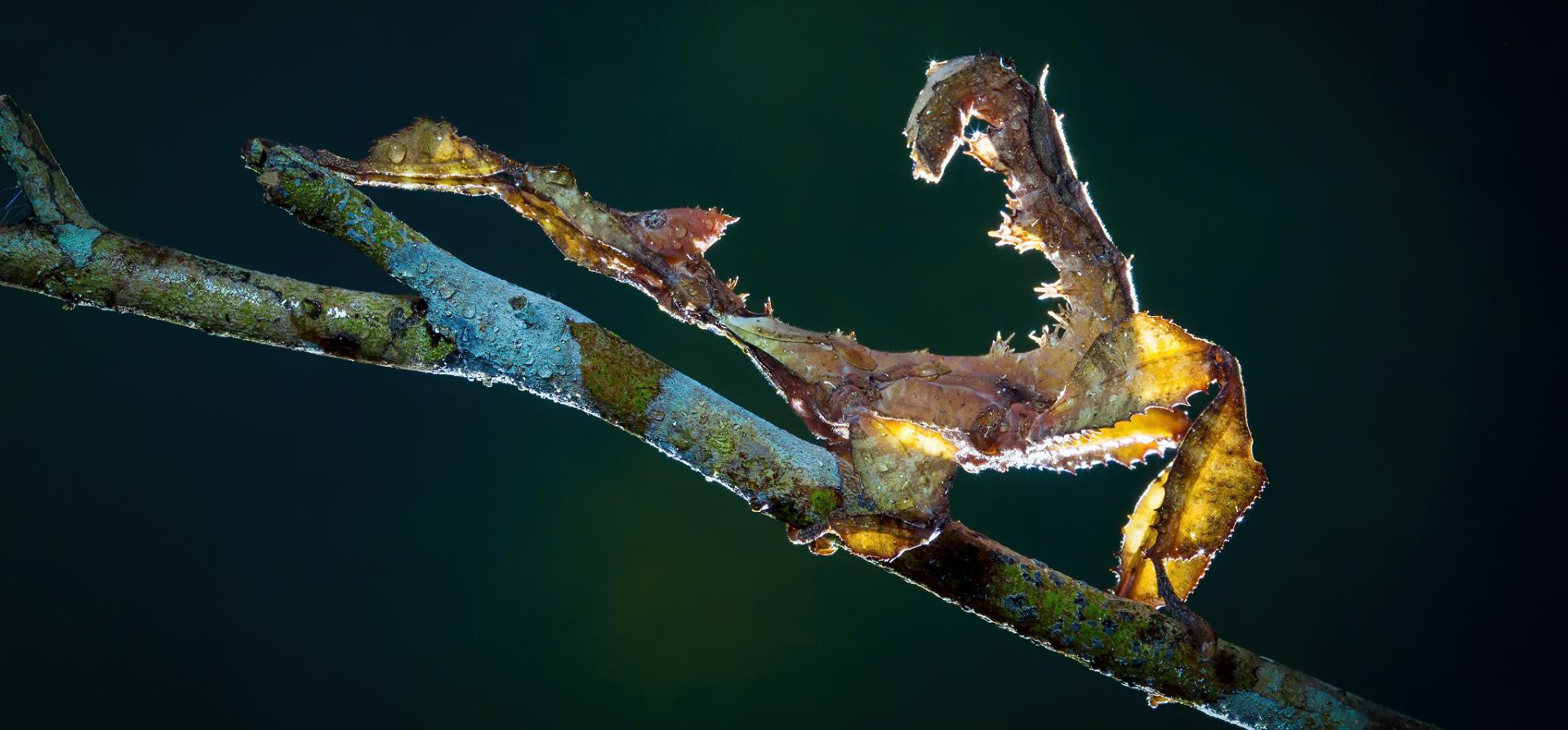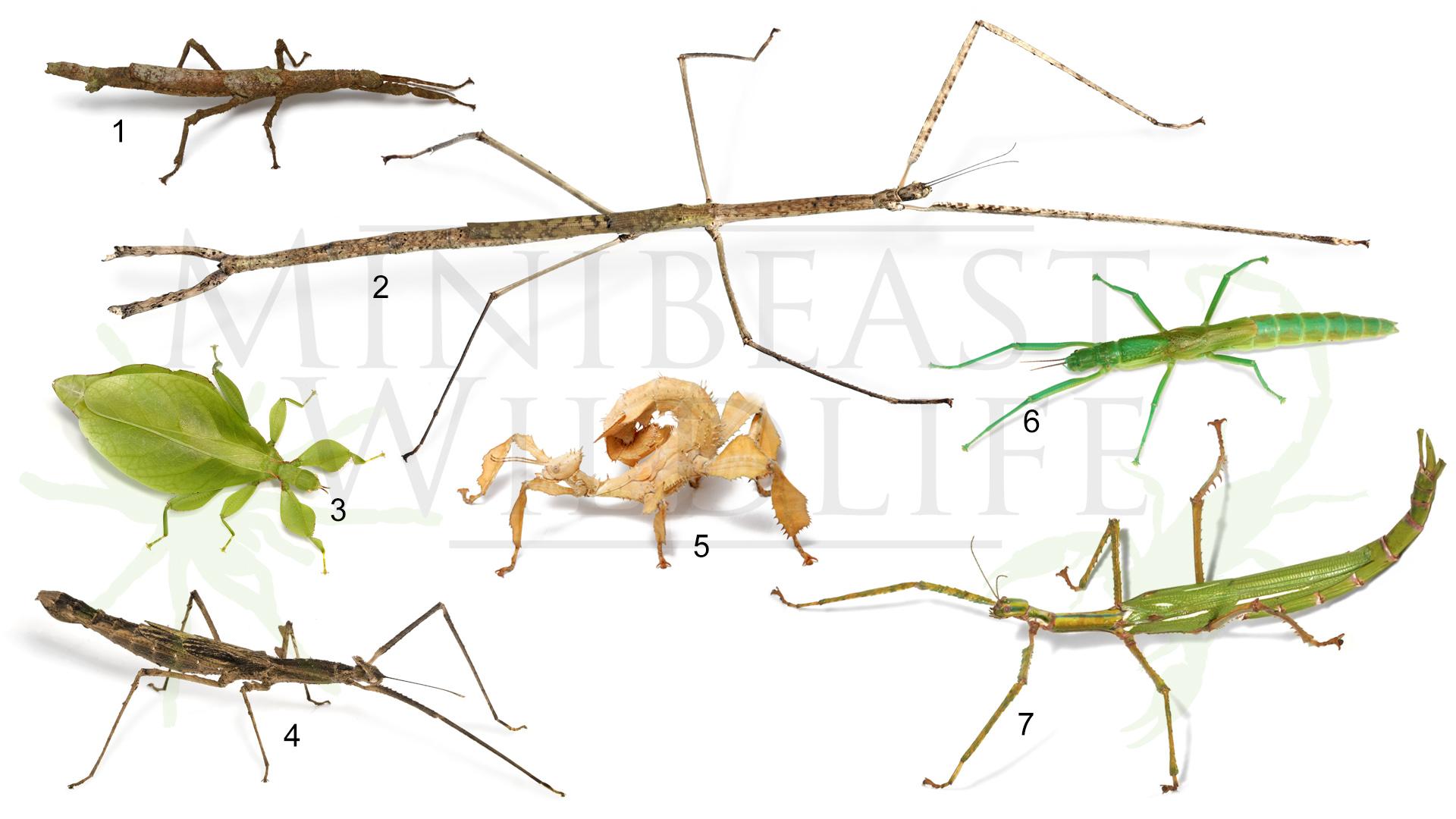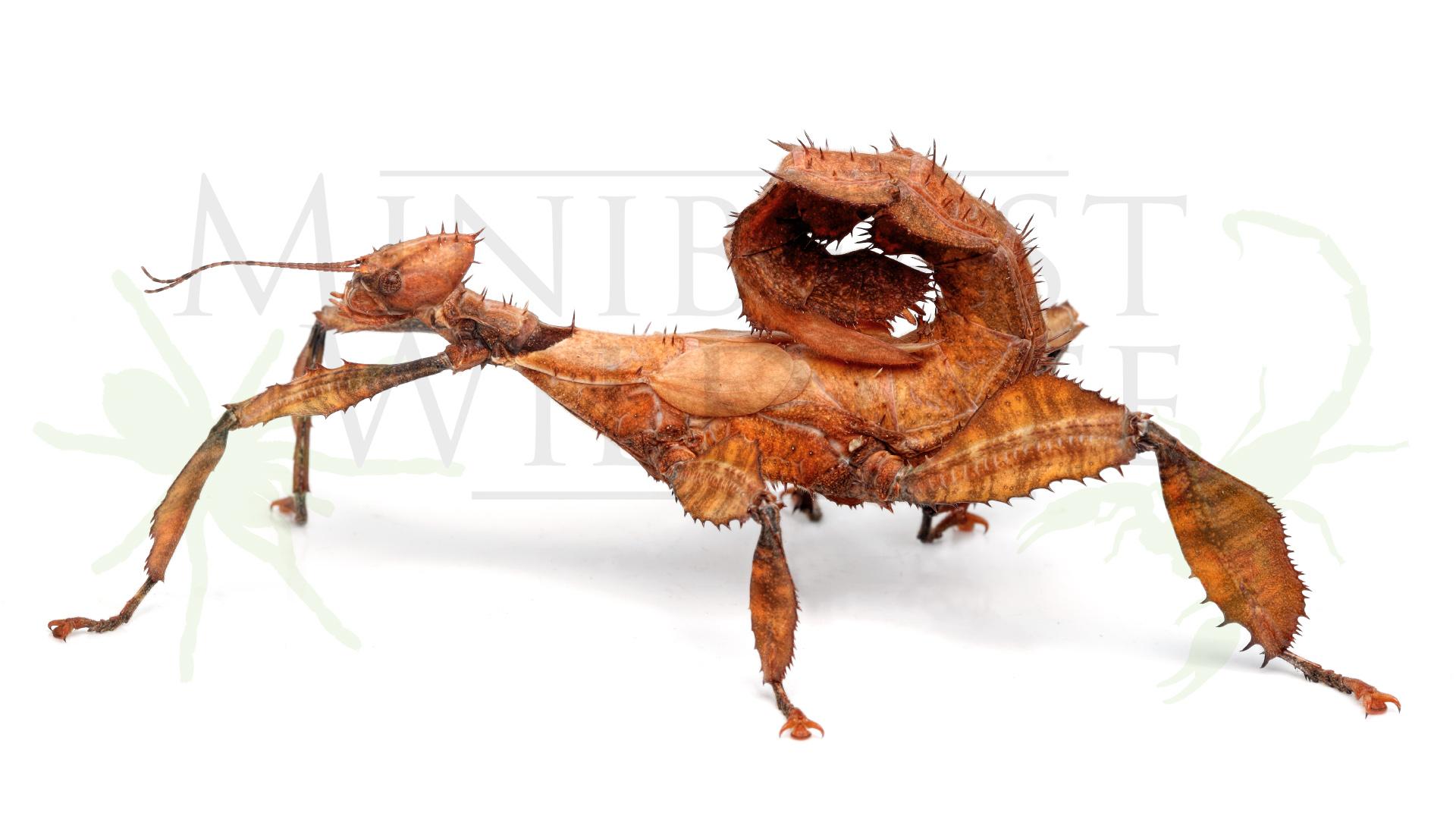Stick Insect Health - Frequently Asked Questions
Information to help you solve basic husbandry problems and associated health issues.
• My stick insect isn’t eating the leaves I give it.
• My stick insect isn’t moving much
• My stick insect has lost a leg - will it grow back?
• My stick insect keep losing their legs when they moult
• My stick insect has laid hundreds of eggs, why won’t they hatch?
My stick insect isn’t eating the leaves I give it.
Try a different species of leaves, or even the same species form a different tree. You may also want to try putting a few different kinds of leaves in the enclosure at once to find out which species your stick insect likes best.
Sometimes phasmids may be happy eating a particular species for a long time, and then suddenly go off it. This may be due to seasonal changes in the chemicals within the leaves. It is important to always be sure that you phasmids are actually eating what you are feeding them.
My stick insect isn’t moving much
This is normal. These animals rely on camouflage to protect themselves, and movement risks them being spotted by predators. When they do move, most sway back and forth whilst walking. This is behavioural camouflage, and makes them look like a leaf or twig being moved by the wind. Not moving much is also a good way to conserve energy.
My stick insect has lost a leg - will it grow back?
Phasmids lose their limbs as a form of defence, a process called autotomy. It can grow back a lost leg if it is still a nymph with two or three growth stages ahead of it.
Limbs are regenerated in stages when the insect moults. Usually, the leg reappears as a stub or tiny curly leg the moult after the loss occurred. After the next moult the leg will be fully formed but is usually noticeably smaller than the other legs. After a third moult, the leg may be very similar to the others in size and form.
Adult phasmids cannot regrow their legs.
My stick insects keep losing their legs when they moult
Leg loss during a moult can occur for several reasons; those listed below are the most common in captivity.
Low humidity: If the humidity is too low, the phasmid may begin to harden before it is completely free of its old exoskeleton. One or more legs may become trapped and as a result are lost. Increase the humidity to prevent this.
Lack of space or perching areas: If the phasmid does not have sufficient space or a good position to moult from it can result in moulting problems such as limb loss or death. Ensure there are plenty of branches to hang from, particularly if you enclosure has smooth walls which insects find hard to climb. Mesh enclosures are very good as they provide phasmids with good footholds throughout.
Over crowding: Too many phasmids housed together may result in insects walking over others while they are moulting. This can lead to leg loss, other injuries and even death. If you suspect this may be occurring, it is best to reduce the number of phasmids in your enclosure.
My stick insect has laid hundreds of eggs, why won’t they hatch?
In continuous warm conditions (22 -26°C) the eggs of most Australian phasmids will begin hatching around three months after being laid. If you allow the eggs to experience some seasonal cooling, then the incubation period will often be extended. Some eggs will enter a state called diapause where they do not continue to develop until they are stimulated by other factors. Favourable seasonal conditions such as warming and increased humidity are often the stimuli they require. Minibeast Wildlife has recorded Extatosoma tiaratum eggs hatching three years after being laid, when they experience seasonal cooling.
Soaking the eggs briefly, then warming them with increased humidity is a good way to stimulate hatching for eggs over three months old.
© Minibeast Wildlife 2022
Feel free to contact us via email if you have any questions about keeping these fascinating animals.



